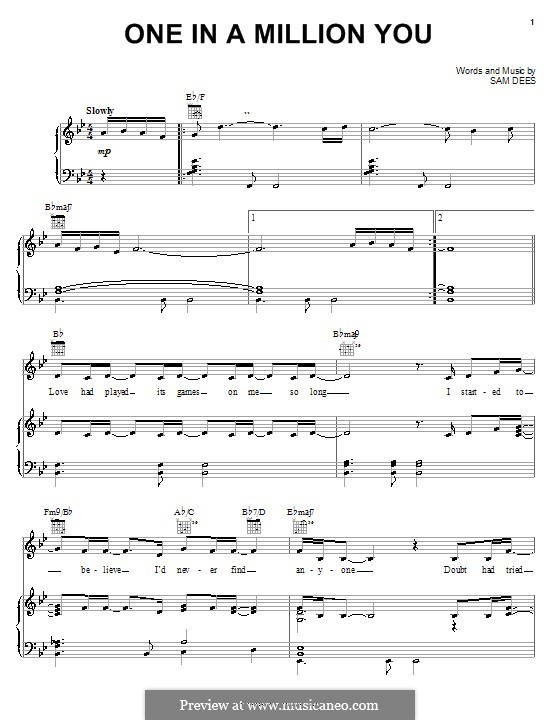


#LARRY GRAHAM ONE IN A MILLION YOU LICENSE#
So when a VM is moved, the Windows Server license assigned to the source server does not move and is not reassigned. The most fundamental thing to keep in mind is that Windows Server licenses are assigned to physical servers, not to virtual machines. In addition, we are working with our OEM partners to help them offer server hardware pre-installed and pre-configured with Windows Server 2012 R2 Essentials running as a virtual machine.Ī related licensing question that is often asked when virtual instances of Windows Server are used is around license assignment, especially in the case where you are using either the Live Migration or Hyper‑V Replica feature to move VMs from one Hyper-V host to another. Previous versions of Windows Server Essentials (and Windows Small Business Server before that), made it necessary to obtain a hypervisor separately, such as the Microsoft Hyper-V Server, but that is no longer required.
#LARRY GRAHAM ONE IN A MILLION YOU INSTALL#
The Hyper-V role and Hyper-V Manager console are now included with Windows Server 2012 R2 Essentials! The server licensing rights have been expanded, allowing you to install an instance of Essentials on your physical server to run the Hyper-V role (with none of the other roles and features of the Essentials Experience installed), and a second instance of Essentials as a virtual machine (VM) on that same server with all the Essentials Experience roles and features. In this article, I’ll explain a licensing change that has been made to Windows Server 2012 R2 Essentials as well as some related licensing topics when using the new Windows Server Essentials Experience role with the Standard and Datacenter editions of Windows Server 2012 R2. So when I did ‘One In A Million,’ I was really going back to something that I’ve always been comfortable with.”Īs noted, that comfort paid off: Graham took “One in a Million” and turned it into a top-10 hit on the Billboard Hot 100 and a #1 R&B single.First published on TechNet on Sep 03, 2013 The end result was everybody got a chance, or more people got a chance, to hear that side of me which was really going back to the times when my mother and I performed together, because she would always have me singing ballads.

Of course, in time, the record company did see that, ‘Hey, there’s something here,’ and then of course they got behind it and supported it as well. Despite the fact that at first it didn’t get a lot of attention from the record company, the folks who love and support me heard it and they made it what it became, so I’ve always been appreciative of that. “But I had the right to choose the single, and that’s the one I felt in my heart was the one. “At the time I did the song, it wasn’t a song that the record company was happy with me releasing because all of my records were mostly funk oriented, so I know that made them a little nervous,” Graham told the website Reflections in Rhythm in 2010. You may also be aware that he was already a pretty big deal prior to that band, having been smacking the bass for Sly and the Family Stone, but just in case you didn’t know that. Written by Sam Dees, who also penned such hits as Atlantic Starr’s “Am I Dreaming,” Glady Knight and the Pips’ “Save the Overtime (For Me),” and the George Benson / Aretha Franklin duet “Love All the Hurt Away,” “One in a Million” was the title track of Graham’s 1980 album, which was also his first LP after stepping away from his band Graham Central Station. 39 years ago today, Larry Graham hit his chart high on the Billboard Hot 100 with the most successful single of his solo career, a track which had actually topped the R&B Singles chart a few weeks earlier.


 0 kommentar(er)
0 kommentar(er)
